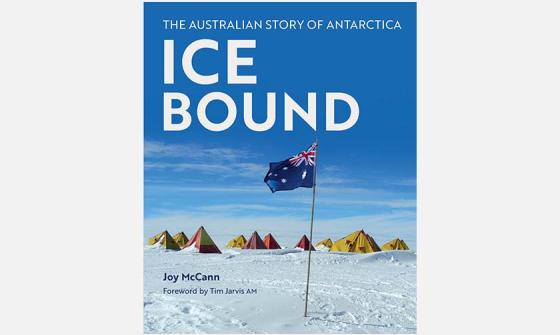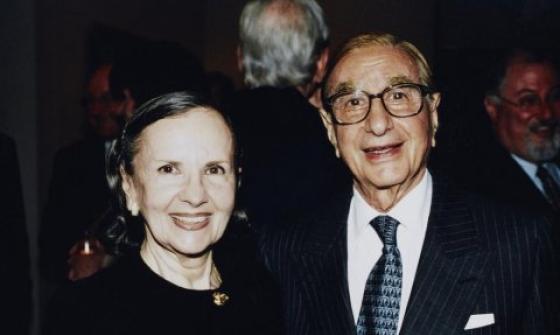2025 Appeal: Antarctica Collections
The National Library’s collections tell Australia’s story in Antarctica from the very beginning, all the way to the present day.
For over a century, Australian researchers and explorers have mapped uncharted territory, documented new scientific discoveries, and established a presence in Antarctica that still plays an important scientific role in 2025.
You can help us to map our nation’s journey in Antarctica by donating to our 2025 Appeal.
National Library of Australia 2025 Appeal: Antarctica Collections
The National Library's collections tell Australia's story in Antarctica from the very beginning all the way to the present day.
For over a century, Australian researchers and explorers have mapped uncharted territory, documented new scientific discoveries, and established a presence in Antarctica that still plays an important scientific role in 2025.
Understanding the changes that have occurred in the Antarctic environment over the past century will be crucial for our future.
Bringing these collections online through Trove will help to build that understanding.
You can help us to map our nation's journey in Antarctica by donating to our 2025 appeal.
Breaking ground
We are enormously proud to be custodians of the papers of Phillip Law, the scientist who is most responsible for establishment of the Australian Antarctic Territory through his work on the Australian National Antarctic Research Expedition (ANARE).
During his time as ANARE director from 1949 to 1966, Law mapped over 5000km of coastline and directed expeditions which charted over one million square kilometres of territory.
From the photographs that Phillip Law took during the early days of Mawson Station to the diaries, field notes and correspondence from his many trips to Antarctica, these papers tell the story of a towering figure in Australian science and exploration.
With your support, we can share his story with the world through Trove.
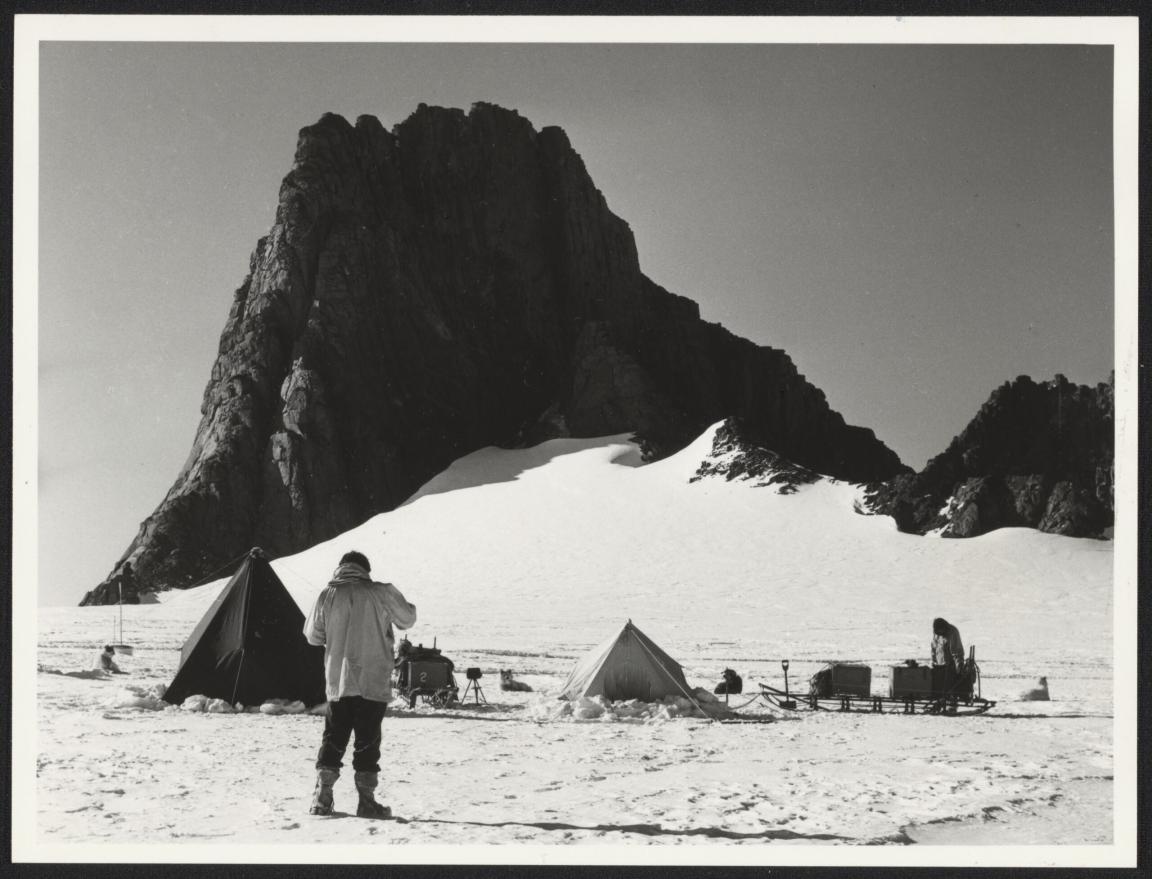
Phillip Law, Field Camp on a Dog Trip, 1965, nla.gov.au/nla.cat-vn2062582
Phillip Law, Field Camp on a Dog Trip, 1965, nla.gov.au/nla.cat-vn2062582
Breaking new ice
Phillip Law brought an unexpected visitor with him on his 1961 expedition to Antarctica. Phillip Law’s wife Nel Law had been secreted onto the ship - she had previously travelled to Macquarie Island without official approval.
A media enquiry led to an urgent conversation to gain Ministerial approval, Nel Law made the journey to Mawson Station, and became the first woman to set foot on the Antarctic continent in 1961.
Nel was a talented artist, and her courage and curiosity to see Antarctica yielded beautiful oil paintings and sketches of the continent’s landscapes and fauna.
The National Library holds the diaries of Nel Law’s journey to Antarctica, many of the works that she produced there, and her extensive correspondence with Phillip.
With your assistance, the world will be able to glimpse the stark beauty of Antarctica through Nel’s eyes, as we share her papers on Trove.
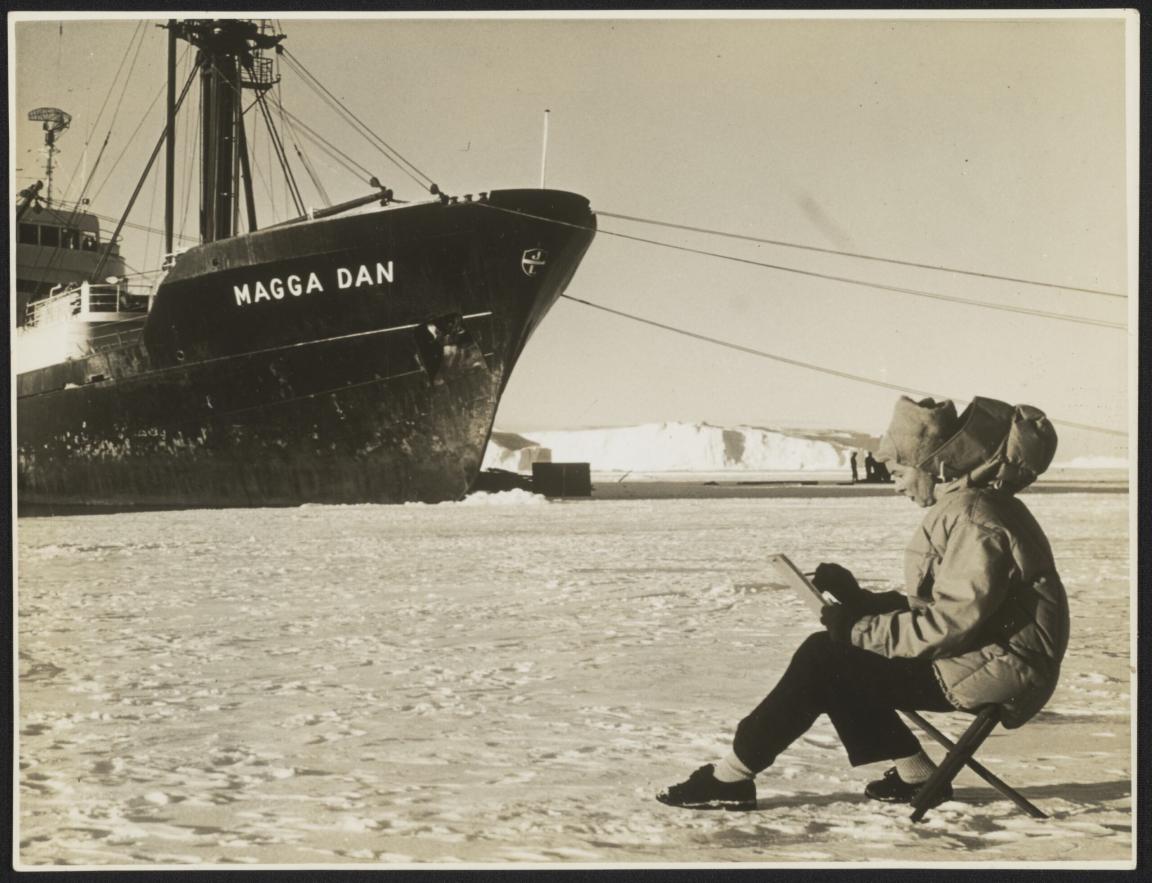
Phillip Law, Nel Law Sketching near the Magga Dan, 1961, nla.gov.au/nla.cat-vn2062582
Phillip Law, Nel Law Sketching near the Magga Dan, 1961, nla.gov.au/nla.cat-vn2062582
Breaking down barriers
Among the untold stories held in the National Library’s Antarctica collections are the journeys of two scientists whose careers were made in and around the southernmost continent.
Thomas Griffith Taylor was still a student at Cambridge when he joined the British explorer Robert Scott's expedition to Antarctica in 1910. Scott’s Terra Nova expedition (1910-13) included a legendary effort to reach the South Pole that ended fatally for Scott and his four companions.
The expedition’s scientific efforts were enduring: over two years, Taylor charted the coastlines and glaciers of Antarctica with the western geological party. The National Library holds Taylor’s photographs, diaries, and the flag from his sledge.
Isobell Bennett was one of the first women to visit sub-Antarctic Macquarie Island in 1959 with the Australian Antarctic Research Expedition (ANARE). Her research on the Island's coastal ecosystems advanced understanding of inter-tidal species in cold temperate climates. The National Library preserves her extensive diaries, photographic slides, and other materials from her ANARE expedition.
With your support, we can share Taylor and Bennett’s experiences in Antarctica with the world, through Trove, for the very first time.
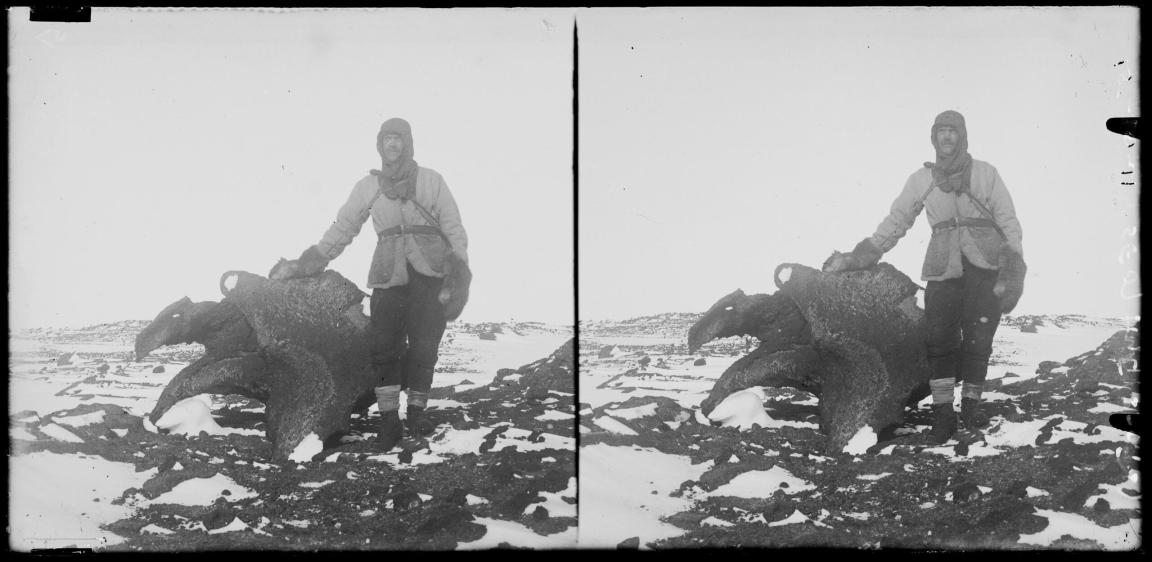
Griffith Taylor standing next to a weathered kenyte southeast of Hut Point near Cape Evans, Antarctica, 15 October 1911, nla.gov.au/nla.obj-149709228
Griffith Taylor standing next to a weathered kenyte southeast of Hut Point near Cape Evans, Antarctica, 15 October 1911, nla.gov.au/nla.obj-149709228
Help us to bring the untold stories of our Antarctic journey online
The story of Phillip and Nel Law is just one of the important stories of Australian scientific endeavour in the southernmost continent.
By donating to support the digitisation of the records of scientists and explorers like Phillip and Nel Law, Thomas Griffith Taylor, Isobell Bennett and others through our 2025 Appeal, you can help us to map our nation’s journey in Antarctica.
As climate change continues to manifest, understanding the changes that have occurred in the Antarctic environment over the past century will be crucial for our future.
Bringing these collections online through Trove will help to build that understanding.
Australia’s history at your fingertips
Our online library, Trove, is used by millions of people each year.
With over 14 million sessions on the Trove website in the past year, Trove remains the most significant publicly funded online cultural resource after the ABC and SBS.
Many of the oral histories we have recorded of Australian Antarctic expeditioners - more than 200 in all, including diver Paul Butler, communications officer Bob Orchard and scientific administrator Elizabeth Chipman - are already available on Trove.
The incredible photographs of the early Australian Antarctic expeditions taken by Frank Hurley and Sir Douglas Mawson can also be found on Trove, along with the extensive diaries that Hurley kept on his journeys.
These collections are just the tip of the iceberg. With your support, we can add Australia’s history in Antarctica to this living online resource.
Thank you for your generous support.
Visit us
Find our opening times, get directions, join a tour, or dine and shop with us.

